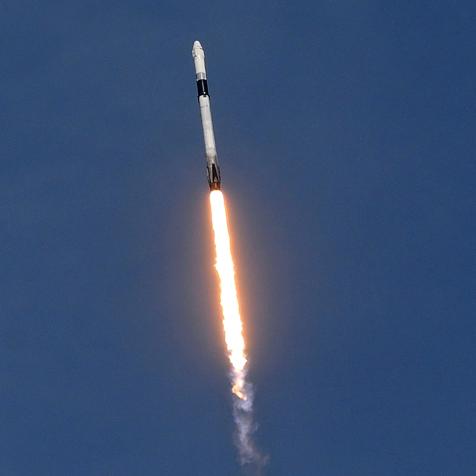
Anton Petrus
See Comet NEOWISE Before it Disappears
Discovered in late March, Comet NEOWISE has shown itself in the skies all over the world. Dr. David Schleicher, Senior Astronomer at Lowell Observatory gives us some details about this cool comet gracing the night skies.
Thursday night, Lowell Observatory will go LIVE from Arizona to try to catch one last glimpse of the comet NEOWISE before it is out of Earth's view. In the meantime, let's learn more about the comet.
Comet NEOWISE is a remnant, a left-over from the time that the Sun and planets formed. Rather than colliding with one of these much larger bodies, it likely passed close to Saturn or Uranus early on and was tossed out to the far fringes of the Solar System where it has literally been kept in deep freeze for the last four billion years. More recently, perhaps a few million years ago, its motion along its orbit was perturbed again, this time redirecting into the inner Solar System.

oversnap
Why NEOWISE?
This year it is making its closest approach to the Sun since about 4,800 years ago, and was discovered by the NEOWISE spacecraft. Comets are named for who, or in this case, what discovered them. The original NASA mission was named WISE, Wide-field Infrared Survey Explorer, and was used to both discover and study physical properties of asteroids and comets. The extended mission had NEO prepended, standing for Near Earth Objects.
Comets vs. Asteroids
Both comets and asteroids are leftovers, but with some major distinctions entirely due to where they originally formed. Most of the asteroids were from the inner Solar System, closer than Jupiter. Because temperatures were higher, asteroids are primarily composed of rocks and dirt and are therefore inert bodies. Those objects formed beyond Jupiter also have ices as a major constituent since ice is stable at cold temperatures. When they approach the Sun, the ices vaporize and the gas is released into space, carrying along any dust originally embedded in the ice, forming the head (the coma) and tail of the comet.
How Close and How Big!?!
The nucleus of Comet NEOWISE has been measured (by its namesake spacecraft) to be about 5 km (i.e. 3 miles) in diameter. However, the gas and dust cloud now making up its coma is over a hundred thousand km in size — larger than the planet Jupiter — while its tail is millions of kilometers in length. Even so, at its closest approach to Earth its tail will appear only about 10° long in the northwestern sky because it is just over 100 million kilometers away. Since the Sun controls the activity of a comet, and NEOWISE is rapidly receding from the Sun, it is progressively getting fainter. Moreover, light from the crescent moon will be making the sky brighter night by night, making this the week the last good opportunity for viewing without a telescope. If you haven’t already done so, grab your binoculars, find a relatively dark location, and look below and to the left of the bowl of the Big Dipper in the northwest. Happy viewing!


















